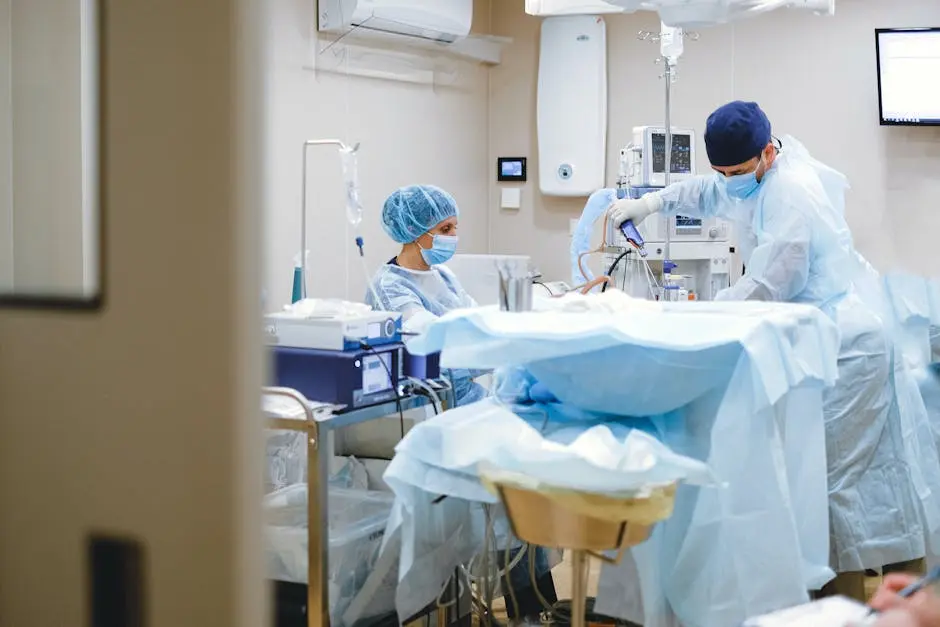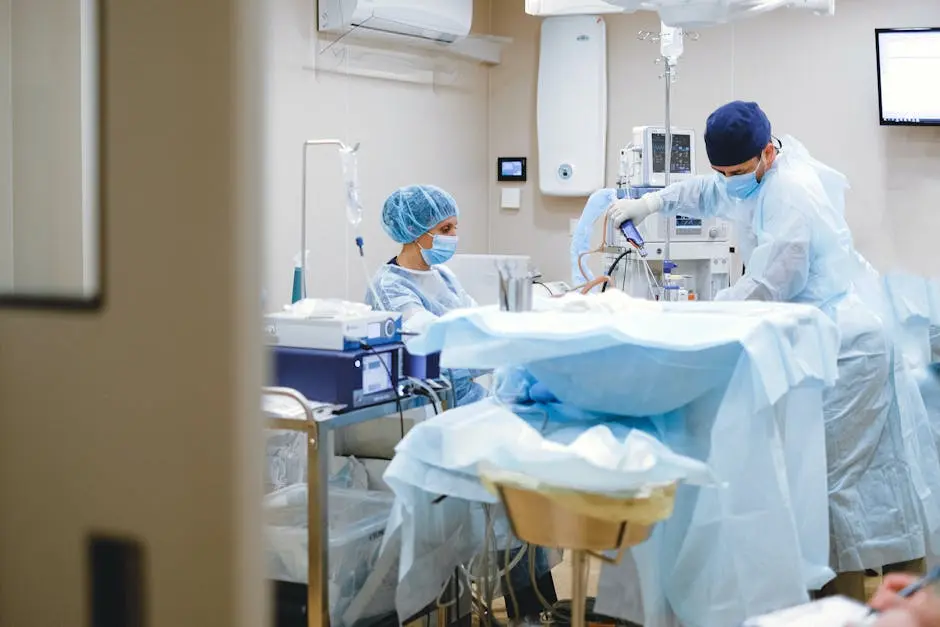Our Blog
Exploring Treatment Options: Insights into the Cholecystectomy Procedure
May 31, 2025
Cholecystectomy, the surgical removal of the gallbladder, is a common treatment for gallbladder-related issues. This blog will guide you through what the procedure entails, the reasons for undergoing it, its risks, and what to expect during recovery. Whether you are considering this surgery or simply curious about it, we aim to provide you with straightforward information to help you feel more informed and empowered.
What is a Cholecystectomy?
A cholecystectomy is a surgical procedure that removes the gallbladder. The gallbladder is a small organ responsible for storing bile, which helps in digesting fats. Understanding its function is key to grasping why this surgery may be needed.
The gallbladder, although small, plays a significant role in our digestive system. When it functions properly, it releases bile into the small intestine, facilitating the breakdown of fats. However, when issues like gallstones arise, it can lead to severe discomfort and other health problems. In these cases, a cholecystectomy becomes a necessary option.
Ultimately, a cholecystectomy not only alleviates immediate symptoms but also helps prevent future complications. For many, it marks the beginning of a healthier digestive journey. By understanding what this procedure encompasses, patients are better equipped to make informed choices about their health.
Why Might You Need a Cholecystectomy?
There are several reasons someone might need a cholecystectomy, the most common being gallstones. These can cause pain and other complications. This section explores the various conditions that may lead to the recommendation of this surgery.
Gallstones are hardened deposits that form in the gallbladder, and their presence can lead to intense pain, nausea, and even infections. In some cases, the stones might block ducts, leading to a condition called cholecystitis, which is inflammation of the gallbladder. This is often a clear indication that a cholecystectomy may be required.
Additionally, other issues such as biliary colic, pancreatitis, or gallbladder cancer can necessitate the removal of the gallbladder. Each of these issues comes with its own unique set of symptoms and risks, and understanding them can empower patients to have informed discussions with their healthcare providers.
The Types of Cholecystectomy Procedures
There are two main types of cholecystectomy: open and laparoscopic. Each has its own procedure style, recovery time, and benefits. In this section, we’ll delve into what sets these two methods apart and which may be more suitable for certain patients.
Laparoscopic cholecystectomy, often referred to as ‘minimally invasive surgery’, utilizes small incisions and the aid of a camera. This approach usually results in less pain post-operation and a quicker recovery, allowing patients to return to their normal activities sooner.
Conversely, an open cholecystectomy involves a larger incision and is typically reserved for more complicated cases. Recovery from an open procedure may take longer, but it allows surgeons greater access to the gallbladder and surrounding organs. Both options are effective, and the type of surgery chosen often depends on the patient’s specific circumstances.
What to Expect Before the Procedure
Preparing for surgery can feel overwhelming. This section will provide a checklist of what to expect in the days leading up to your cholecystectomy, including consultations, dietary restrictions, and necessary pre-operative tests.
Before undergoing a cholecystectomy, patients often have to attend several consultations to discuss their medical history and current health. These meetings are crucial for determining the best surgical approach. Additionally, pre-operative tests, which may include blood tests and imaging studies, help the medical team assess the patient’s readiness for surgery.
Patients will also typically receive guidance on dietary changes leading up to the surgery. It’s not uncommon to be asked to avoid certain foods that may irritate the gallbladder, such as fatty or greasy items. These preparations serve to ensure that the procedure goes as smoothly as possible, minimizing the risk of complications.
The Day of the Surgery: What Happens?
On the day of the procedure, knowing what will happen can ease anxiety. This section outlines the surgical process, from arrival at the hospital to waking up in recovery, as well as what your medical team will do to ensure your safety.
Upon arrival at the hospital, patients will check in and might undergo final preparations, such as changing into a hospital gown. The surgical team will meet with them to re-confirm details about the procedure, which can help clarify any lingering questions. Understanding the process can significantly placate pre-surgery jitters.
During the surgery, anesthesia will be administered, allowing patients to remain comfortable and free from pain. Once the procedure is complete, patients are moved to the recovery area, where they are monitored closely as they wake up. This post-operative phase is critical, as medical staff will assess any initial side effects and start discussing pain management strategies.
Understanding Recovery After a Cholecystectomy
Recovery is an important aspect of any surgery. This section highlights the typical recovery timeline, including pain management, dietary changes, and follow-up appointments, to help you navigate your post-surgery journey.
In the initial days following a cholecystectomy, patients may experience discomfort, but this is manageable with prescribed pain relief medications. The recovery timeline will vary based on the type of cholecystectomy performed; however, most patients can anticipate a return to light activities within days. This gradual process allows the body to heal while minimizing disruptions to everyday life.
Adjustments to diet are also common during recovery. Initially, doctors may recommend a bland diet, progressively reintroducing other foods as patients tolerate them. Following up with healthcare providers is crucial, as they will assess healing and advise when it’s appropriate to resume normal dietary habits. These follow-up appointments play a vital role in ensuring a smooth recovery and addressing any concerns.
Potential Risks and Complications
Like any surgery, a cholecystectomy comes with risks. In this section, we’ll discuss potential complications and how to minimize them, empowering you to make informed decisions about your health.
While serious complications are rare, it’s important for patients to be aware of possible risks such as infection, bleeding, or injury to surrounding structures. Understanding these risks can help patients recognize signs of complications and seek timely medical attention if needed.
Communication with healthcare providers before and after surgery can help to minimize these risks significantly. Patients should feel encouraged to discuss their concerns openly, which not only aids in reducing anxious feelings but also ensures they’re fully informed about the entire process. This partnership is pivotal in navigating the cholecystectomy journey.
Wrapping Up: Your Journey Through Cholecystectomy
Understanding the cholecystectomy procedure can help demystify the experience and make it less daunting. With the right information about the procedure, its benefits, and recovery steps, patients can approach surgery with more confidence. Always remember to consult with healthcare practitioners to make the best decision for your health.
